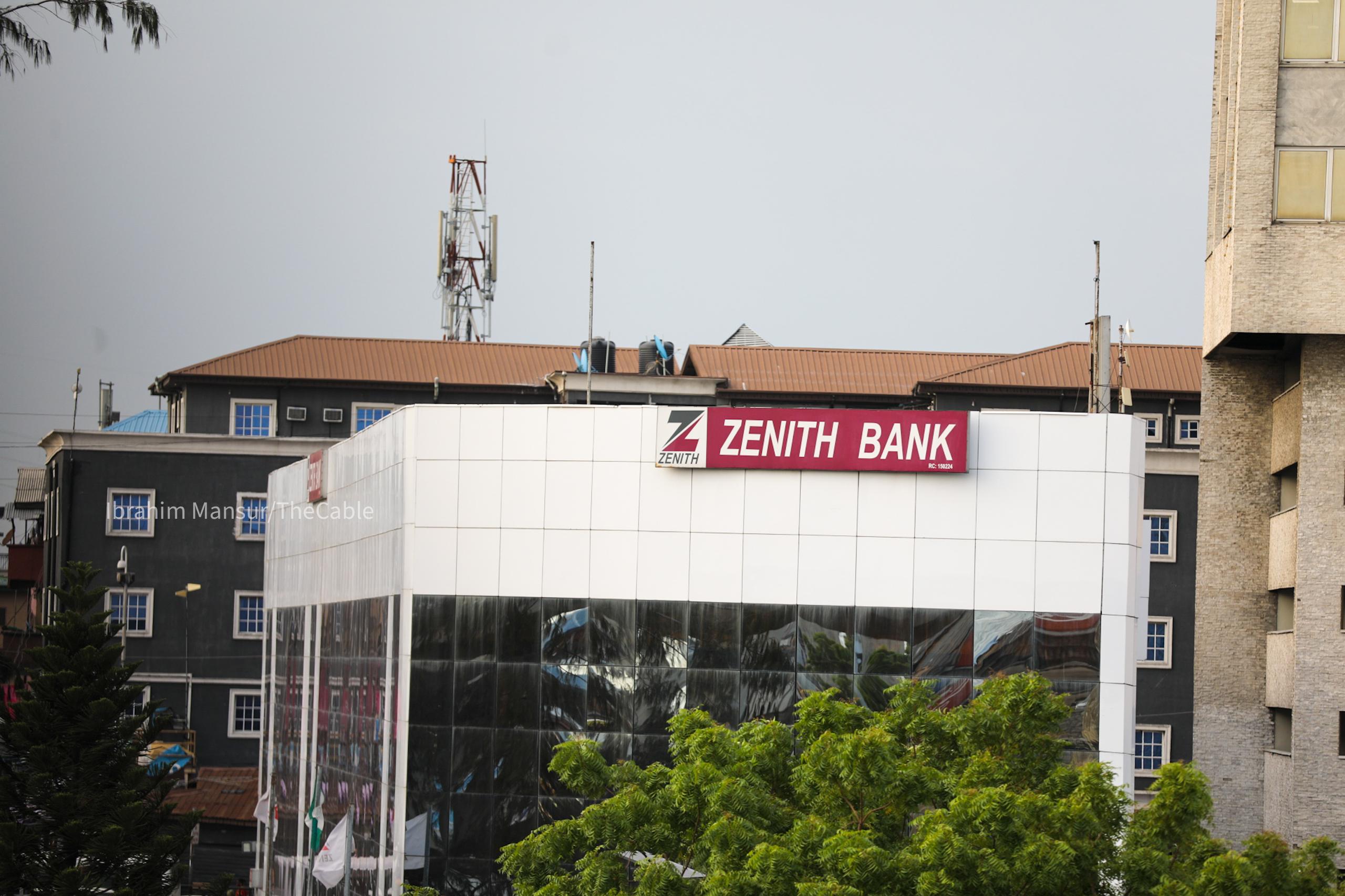New Global Crypto Order: How Regulations Are Reshaping Digital Asset Landscape In 2025
In 2025, the world of digital assets stands at a pivotal point. Now, the exuberant, unregulated expansion of the early crypto era has given way to a more structured and compliant environment. This transformation and maturing have been driven by a global consensus on the need for regulation to ensure stability, protect investors, and integrate digital assets into the broader financial system.
Historically, the crypto landscape was characterised by a patchwork of regulations. This means various jurisdictions and geographies adopted varied approaches. However, recent developments indicate a shift towards a more cohesive global framework. Union Finance Minister Nirmala Sitharaman had indicated after the 2022 Union Budget itself that crypto needs geography-agnostic regulations in view of the global nature of the asset.
The most discernible and visible changes have been happening in the United States. After President Donald Trump’s ascension to power, the US has been taking steps to integrate crypto into the financial order. Legislative efforts are underway to establish comprehensive oversight which aims to balance innovation with investor protection. This approach marks a departure from previous enforcement-centric strategies.
In Europe, the European Union (EU)’s Markets in Crypto-Assets Regulation (MiCA) has come into effect. It provides a unified legal framework for crypto-assets across member states. MiCA addresses key areas such as consumer protection, market integrity, and financial stability, setting a precedent for other regions.
In Asia, countries like Singapore and Hong Kong are enhancing their regulatory frameworks to attract crypto businesses while ensuring robust oversight. These jurisdictions are positioning themselves as crypto-friendly hubs with clear compliance standards.
Stablecoins, once heralded for their potential to bridge traditional finance and digital assets, are now under intensified regulatory examination. Concerns about their reserves, transparency, and systemic risks have prompted authorities worldwide to act. MiCA includes specific provisions for stablecoins and it mandates stringent reserve requirements and supervisory oversight to ensure their stability and reliability.
Regulators in the US, UK, and several Asian countries are developing frameworks to oversee stablecoin issuance and operations with an aim to mitigate potential financial risks.
Digital assets are definitely becoming more mainstream with large institutional adoption. More and more businesses are incorporating crypto into their balance sheets. In this context, it is all the more important to prevent its illicit use. Hence, regulatory bodies are enforcing stricter Anti-Money Laundering (AML) and Know Your Customer (KYC) measures across the crypto industry.
The Financial Action Task Force (FATF), an intergovernmental task force, has been doing yeoman's work and constantly updating its recommendations. FATF has of late been laying a lot of emphasis on the ‘Travel Rule.’ This rule, the matra among compliance officers in crypto, requires Virtual Asset Service Providers (VASPs) to share customer information during transactions.
In the Indian context, all crypto platforms are mandated to register with the Financial Intelligence Unit of the Union Ministry of Finance and adhere to its guidelines. Major crypto platforms are now mandated to implement comprehensive AML/KYC controls, including transaction monitoring and reporting suspicious activities.
Tax authorities worldwide are focusing on the crypto sector to ensure compliance and transparency. The Organisation for Economic Cooperation and Development (OECD)'s Crypto-Asset Reporting Framework (CARF) is a significant step in this direction.
The CARF mandates that Crypto-Asset Service Providers collect and report information on users’ tax residencies and identification numbers. This would subsequently facilitate automatic information exchange between countries. The EU has committed to implementing CARF by 2026, and other jurisdictions are reportedly aligning their tax reporting requirements to ensure comprehensive coverage of crypto transactions.
India, with its burgeoning tech ecosystem and significant crypto user base, stands at a critical juncture.
The nation has the opportunity to lead in shaping global crypto regulations rather than follow a rule book that someone else creates.
While other major economies are integrating digital assets into their financial systems, India is yet to establish a comprehensive regulatory framework. The crypto service providers in the country have been seeking a regulatory body exclusively for crypto. By proactively formulating clear and balanced crypto regulations, India can position itself as a global leader which fosters innovation and ensures investor protection.
The positive news is that the Government is not averse to regulating crypto. The Economic Affairs Department is working on a crypto concept paper, and this document is expected to play a key role in shaping regulations. The regulatory evolution of the crypto industry in 2025 signifies a maturation of the sector. As digital assets intertwine more deeply with traditional finance, robust and coherent regulations are essential to harness their potential and mitigate risks.
In this context, it is vital for stakeholders, from governments to industry players, to collaborate and build a secure, transparent, and inclusive digital financial ecosystem.
(The author is the CEO of Giottus Crypto Platform)
The opinions, beliefs, and views expressed by the various authors and forum participants on this website are personal and do not reflect the opinions, beliefs, and views of ABP Network Pvt. Ltd. Crypto products and NFTs are unregulated and can be highly risky. There may be no regulatory recourse for any loss from such transactions. Cryptocurrency is not a legal tender and is subject to market risks. Readers are advised to seek expert advice and read offer document(s) along with related important literature on the subject carefully before making any kind of investment whatsoever. Cryptocurrency market predictions are speculative and any investment made shall be at the sole cost and risk of the readers.











